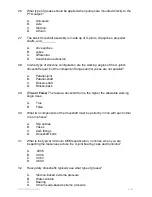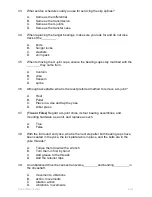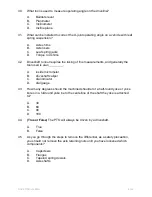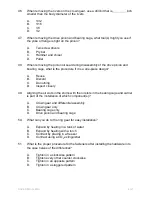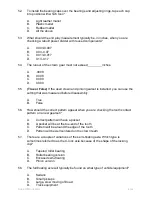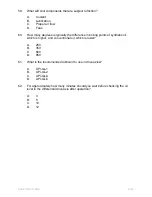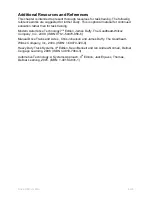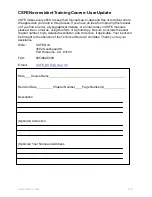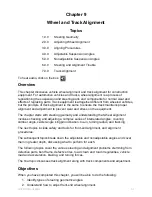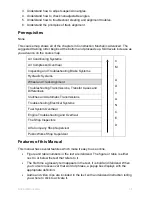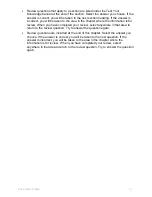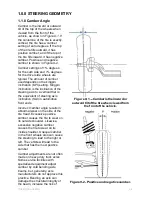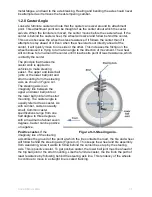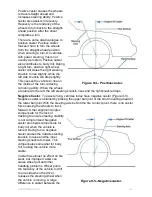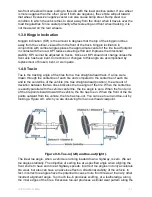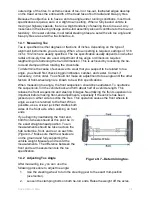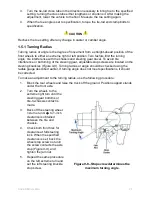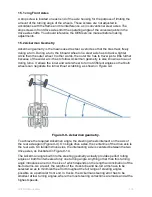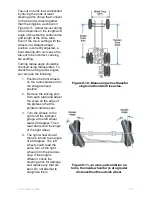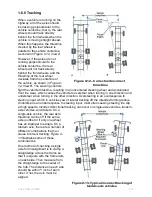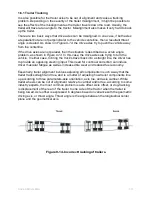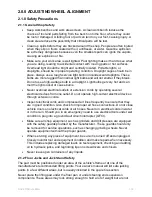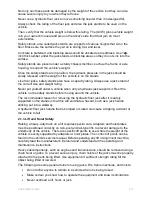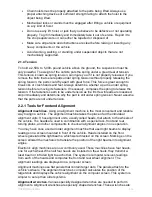
Chapter 9
Wheel and Track Alignment
Topics
1.0.0
Steering Geometry
2.0.0
Adjusting Wheel Alignment
3.0.0
Aligning Procedures
4.0.0
Adjustable Suspension Angles
5.0.0
Nonadjustable Suspension Angles
6.0.0
Steering and Alignment Trouble
7.0.0
Track Alignment
To hear audio, click on the box.
Overview
This chapter discusses vehicle wheel alignment and track alignment for construction
equipment. For automotive vehicles and trucks, wheel alignment is a process of
repositioning the suspension and steering parts and components for normal wear and
effects of replacing parts. Track equipment is altogether different from wheeled vehicles,
but the principle of track alignment is the same to ensure the track maintains proper
alignment and adjustment to prevent wear and stress on the equipment.
The chapter starts with steering geometry and understanding that wheel alignment
involves checking and adjusting a complex series of interrelated angles, covering
camber angle, caster angle, kingpin inclination, toe-in, turning radius, and tracking.
The next topics include safety and tools for front-end alignment, and alignment
procedures.
The subsequent topics break down the adjustable and nonadjustable angles and cover
them in greater depth, discussing what to perform for each.
The following topics cover the various steering and alignment problems stemming from
defective parts, bent frame, defective tires, road crown and road irregularities, vehicle
load and acceleration, braking, and turning forces.
The final topic discusses track alignment along with track components and adjustment.
Objectives
When you have completed this chapter, you will be able to do the following:
1. Identify types of steering geometric angles.
2. Understand how to adjust front-end wheel alignment.
NAVEDTRA 14050A
9-1







